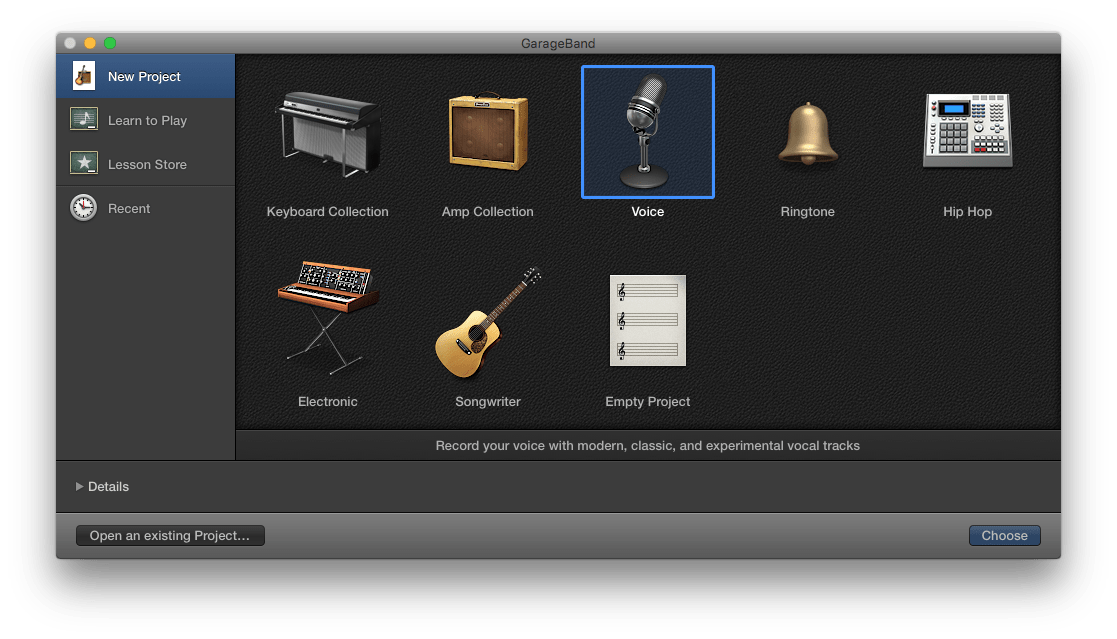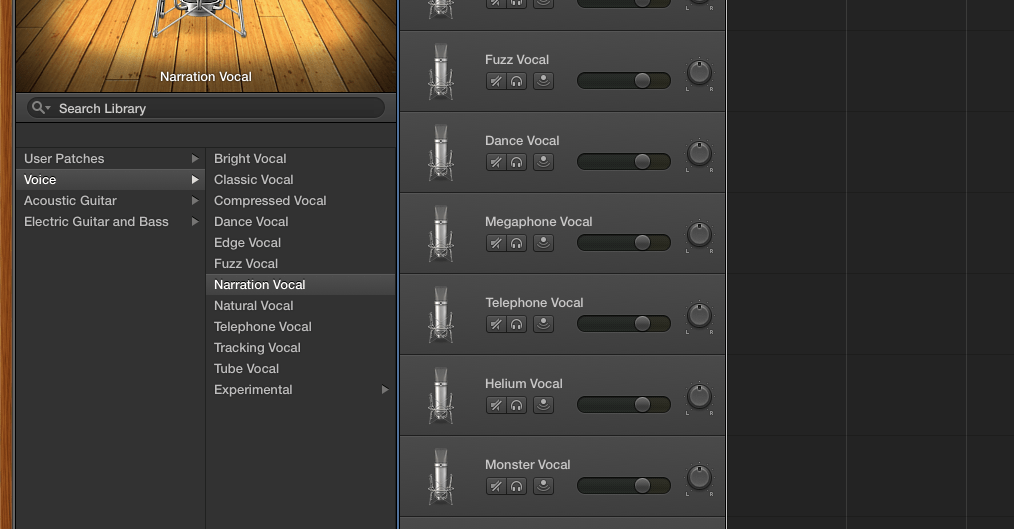Create A Podcast Episode With GarageBand For Mac
As you may know, I recently started two different podcasts. Let’s not confuse these with podcast episodes as I’m talking about shows. I started The Polyglot Developer Podcast and The NoSQL Database Podcast. Creating a podcast has been something I’ve been thinking about for a long time and it turns out it wasn’t very complicated to do.
Using GarageBand for Mac, which is free, I’m able to produce high quality podcast episodes with minimal amounts of time. The two shows that I produced have been very successful, so I thought I’d share my methods.
First off, let me start by saying that I’m using a Blue Yeti USB microphone. These things go on sale all the time on Amazon so if you can pick it up for around $80.00 then you’re doing pretty good. Second, let me say that I’m using a Mac computer that is running GarageBand 10.1.0, which at this time, has no podcasting presets built in. We’re going to see how to make things sound good!
The Microphone Settings
When it comes to the hardware, I have my Blue Yeti gain knob turned all the way down to zero. I found that if I increase the gain things get a bit noisy. Not only does it pick up everything, but the audio begins to sound a bit grainy. The microphone also has a knob with a bunch of sound settings like stereo, cardioid, bi-directional, etc. If I’m doing a solo podcast I always have my microphone set to cardioid because it mutes the rear of the microphone eliminating echo from sound bounding off the wall that I’m facing.
In the Mac sound settings I have the input gain set to maximum. Let’s be clear, the hardware knob on the microphone has zero gain and the software gain in the Mac settings has 100% gain. You may need to fiddle with the setting to find what works best for you.
GarageBand Vocal Options
When you open GarageBand you should find yourself viewing a popup window with many different audio options. For example it might contain a piano, guitar, microphone, etc. You want to make sure to choose the microphone option because we’re going to be doing vocals, not instruments.

With GarageBand open, you’ll notice no podcasting presets. If you’re coming from a version of GarageBand earlier than 10.1.0 then you might remember such options, but they’ve since been eliminated in this version. Instead you’ll see the following options:

We’ll be paying attention to Narration Vocal and Natural Vocal because I feel those two sound the best.
When you record something with the Narration Vocal you might notice it to be clear, but loud. I also found it to have a strange sound about it that I couldn’t explain that prevented it from being natural. This is why I chose Natural Vocal, however, that alone never gave me the sound quality I was looking for. By default, Natural Vocal has a lot of echo.
This is where I started to customize my presets.
My GarageBand Podcast Preset
With the Natural Vocal selected, I dropped down to the setting knobs. More specifically, put your attention at the Echo Amount and Sends Reverb.

When bringing those knobs to zero it removes the echo problem entirely giving a very flat and clear sounding vocal.
Editing the Recording
You’re going to find yourself needing to split and re-arrange your recording clips. When I started I thought I would be able to avoid this, but I was wrong.
The most common thing I find myself doing is splitting a clip. To do this, move the track head to the spot that you’d like to split at and press the Command + T key on the keyboard. This will slice the clip at that point. After you can freely drag the clips around as you please. Reasons to do this might be removing foul language from your podcast, changing volume levels only for certain clip spots, or adding audio between two clips.
Conclusion
Podcasting is not difficult and you don’t need to spend thousands of dollars on equipment. I am a hobby podcaster with no professional studio knowledge and my podcasts are coming out great. I am constantly receiving inquiries on when my next episode is going to publish which means I didn’t do too bad of a job.
I did do a step-by-step recording of what I wrote about in this blog article. I encourage you to watch the video below in case something wasn’t clear or in case you wanted to see and hear what I was doing using the same equipment.

